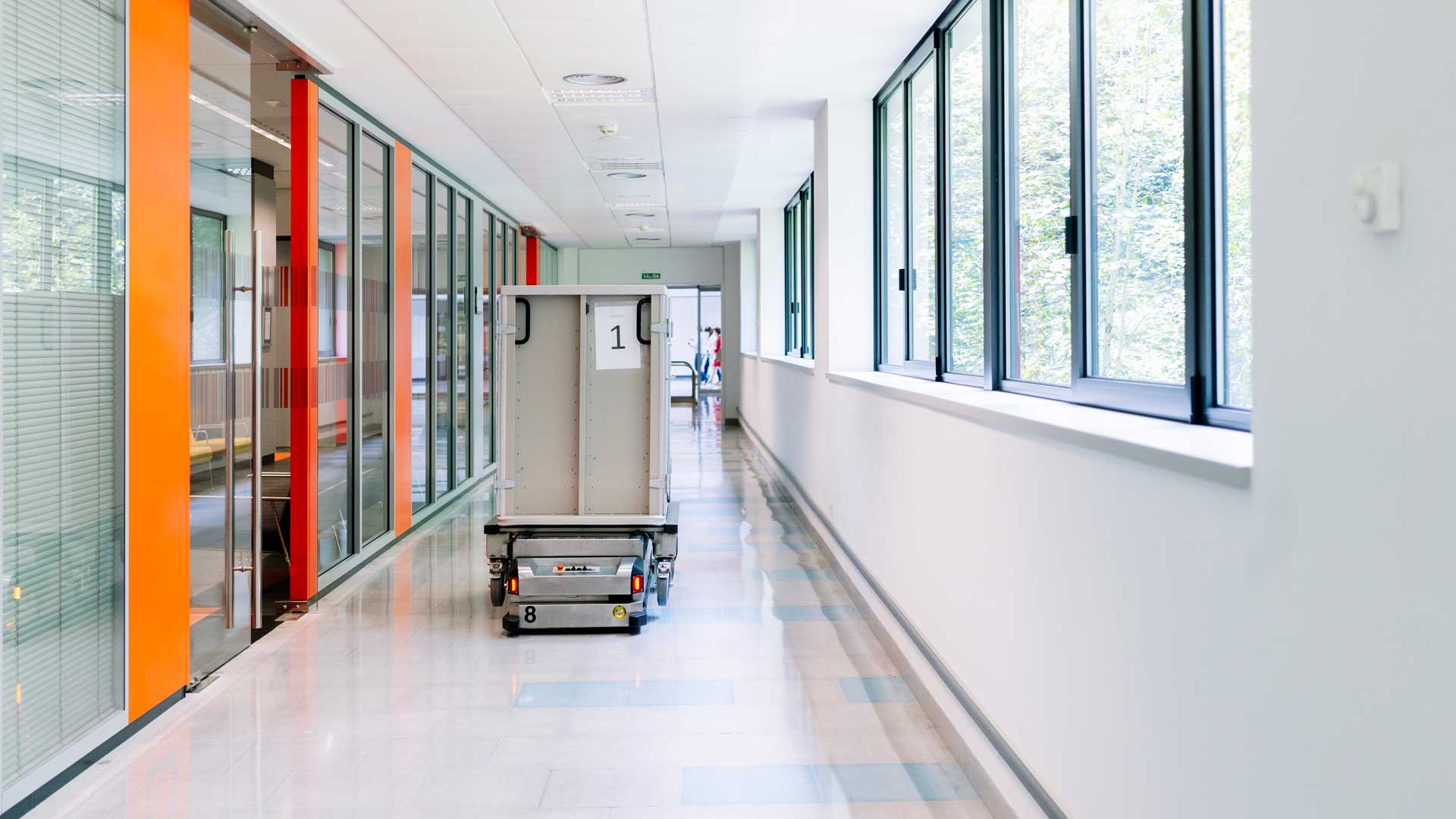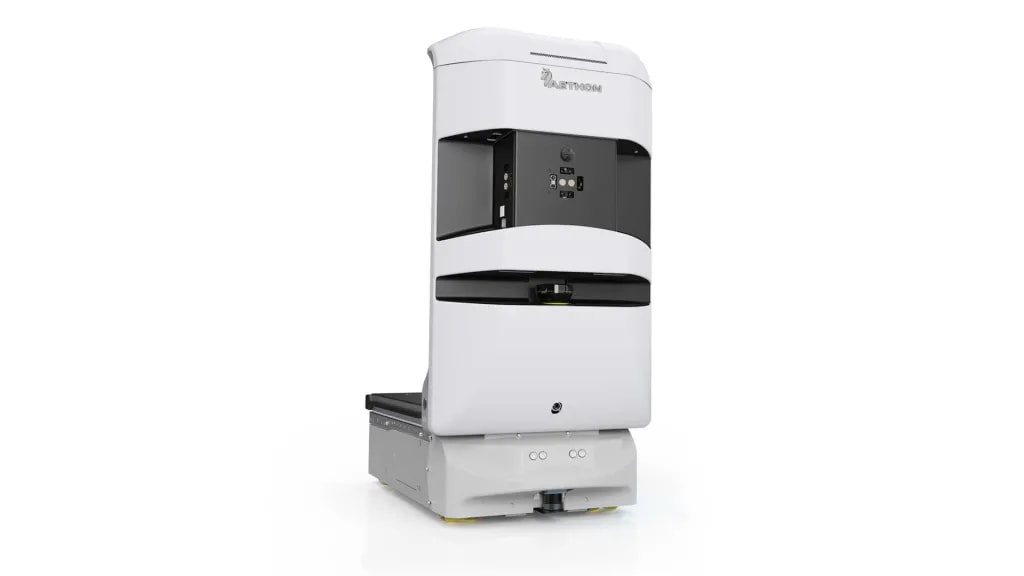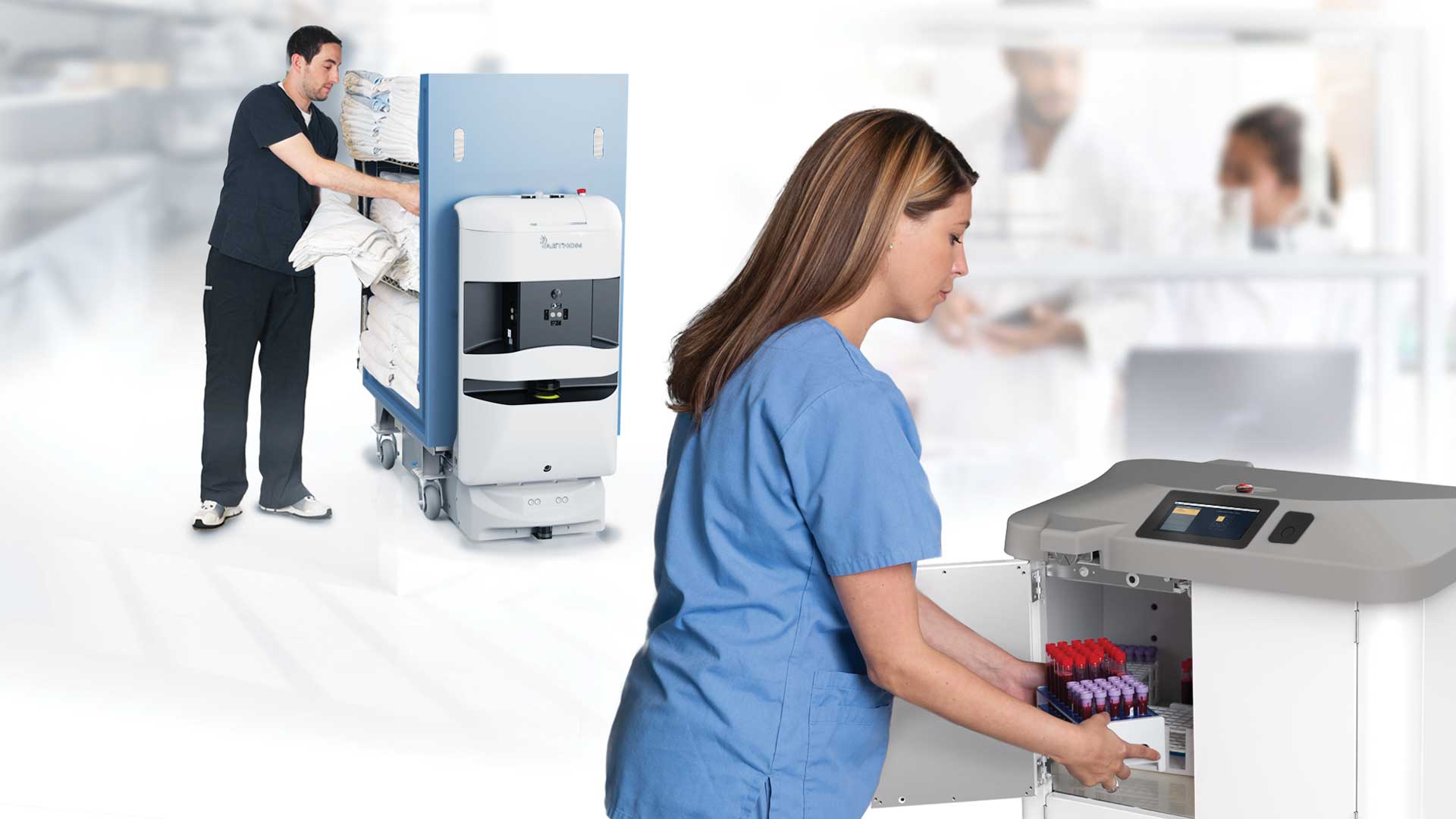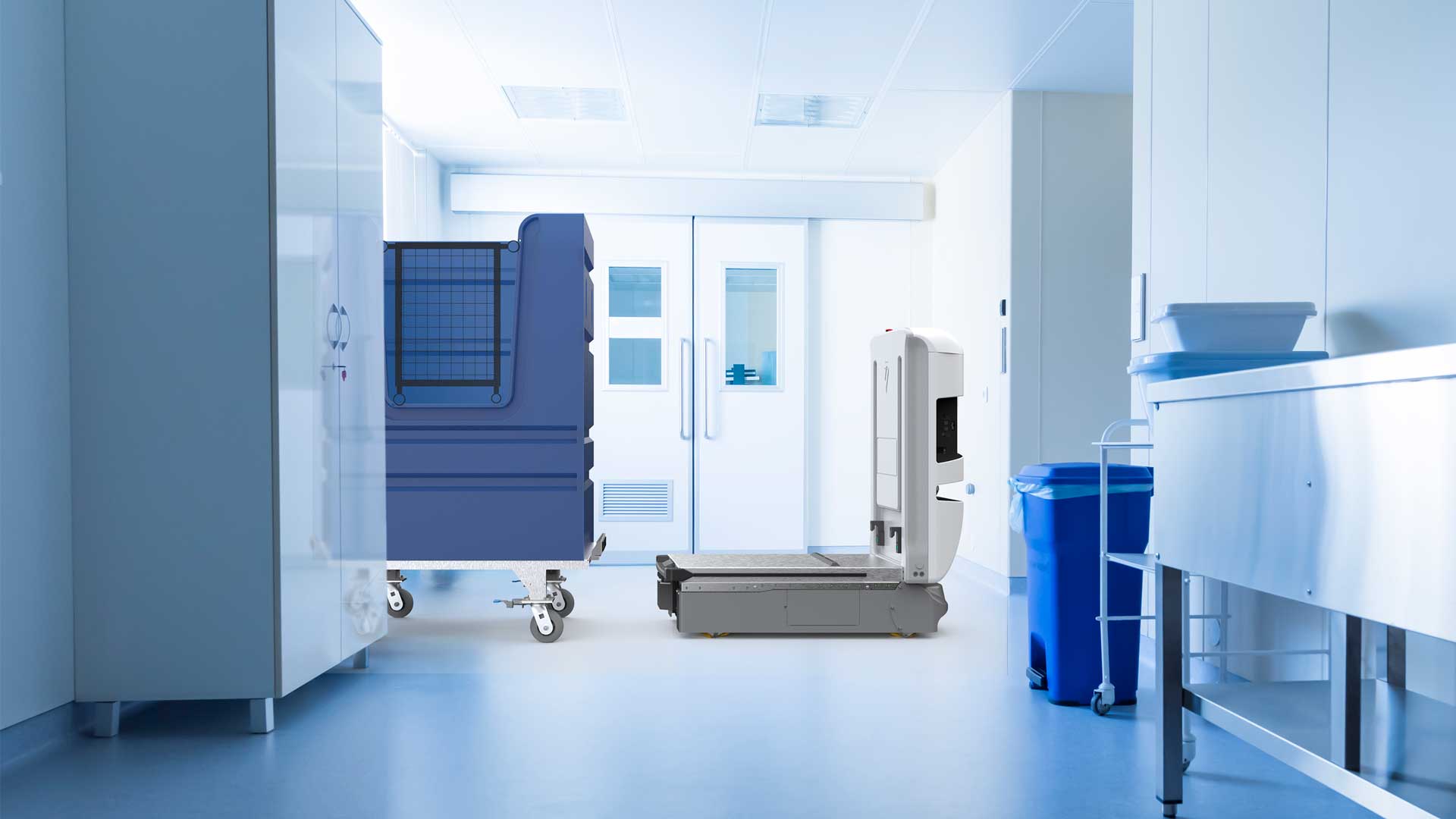How advanced network connectivity can revolutionize orchestration of robotic solutions

We are living in an era in which cognitive robots are becoming commonplace in factories, warehouses and other challenging environments. They offer an autonomous solution that often is safer and more productive than manual labor.
The technology behind this is quite impressive, but the automation world is still largely siloed. That means that robots are often making decisions without understanding the intent and actions of other robots and humans in the same space.
The key to orchestrating them is constant connectivity to a network and cloud-based broader situational awareness. The Nokia Bell Labs’ Cloud-Enhanced Cognitive Robotics offers an end-to-end solution for precisely such robot coordination. Now, thanks to our Entrepreneurs in Residence program, we have also found a market that can benefit tremendously from this unique solution.
Current trends favor autonomous robots and drones that aren’t cloud-based, primarily due to fears about the network’s reliability. But the Nokia Bell Labs research solution offers a compelling solution that aims to address the network problem, enabling services in the cloud that merge siloed intelligence and reduce the sensor and compute hardware requirements of the robots themselves.
Hospitals have emerged as a powerful test-case for such a solution since robots tend to get stuck and fail to deliver in these highly dynamic and often chaotic environments.
To ensure a successful deployment, though, it is crucial to not only use high-quality robots but also to enable network services that enhance their capabilities beyond just services running locally on the robots, so that, for example, they can see around corners with cameras and other advanced sensing methods.
WiFi or cellular?

Rather than having to choose just one of the technologies, the answer is that both should be deployed. That’s the key benefit of the new Nokia Bell Labs solution. The key innovation is to seamlessly switch between them in a way that is completely transparent to the robots themselves.
Connecting to all available wireless technologies simultaneously exploits the best features of each. For instance, if higher bandwidth is required, it will connect to WiFi. If a lower jitter is needed, it can switch over to cellular.
This is done through a network that allows for seamless switching between different wireless technologies. In addition, network bandwidth is a shared resource, and the orchestration system is aware of the needs of the various robots and can distribute the available bandwidth depending on the needs of each of the managed robots.
“The secret sauce here is twofold. We created an overlay network that abstracts wireless communication to the robot. The robot has a single virtual IP address and under the covers it has all its interfaces connected to the network,” explained Mike Coss, Department Head of Robotics Systems Research at Nokia Bell Labs. “It can then seamlessly switch between Wi-Fi and cellular to maintain a robust connection. The key is to know when to switch, and where there are available network resources to meet the requirements of a given application.”
The case for healthcare
Nokia Bell Labs has successfully tested this orchestration solution at a Nokia factory in Chennai, India. Over three years of industrial research, and 5,000 missions, it found that for every robot mission, the average distance traveled decreased by 28% after the trial began and the average time it took for a robot to complete a given task dropped by 40%.
The result was an intricate and impressive dance choregraphed in real time.
So, the technology obviously worked, but were factories the best business opportunity and the market with the most pressing need? It turned out that factories, operating in a closed environment, were willing to accept a reality in which robots occasionally lost network connectivity.
So, if not in manufacturing, then where?
Enter Nokia Bell Labs’ Entrepreneurs in Residence Valtteri Tuominen and Ville Riikkala. They investigated bridging the gap between cutting-edge technology and market needs, bringing a startup mentality to corporate research.
The road to innovation is made up of invention and commercialization. The Entrepreneurs in Residence took Nokia Bell Labs’ research and technology ideation and created for it a business case that could go to market.
"It’s an effective combination of embracing an exploratory mindset while managing risk and increasing the chances of discovering the next unicorn venture," said Tuominen. “We are combining two completely different worlds.”
What they discovered was that there were far greater applications in the healthcare sector, and, in particular, in hospitals. These were environments that were just too complicated for an isolated robot to solve. In such uncontrolled spaces, the robot needs to have a variety of different sensors and more computation powers to navigate a space with doors, elevators and people, not to mention the sporadic spill on the floor and stretcher in the hallway. Coordinating between the robots in this kind of dynamic space was key.
Visiting the Seinajoki Hospital in Finland, the entrepreneurs witnessed a logistic robot struggling to enter an elevator because another robot was blocking its path. Once it got inside, it struggled to maintain connectivity. These were exactly the types of scenarios the Nokia Bell Labs solution could solve.
A hospital seemed like the perfect place to try, since it used robots for much of the 60%-80% of the daily work that was not directly related to healthcare. The entrepreneurs wanted to test whether the solution could be integrated into a real-life operational customer environment. The toughest challenge was whether robots could maintain connectivity in an elevator, always a significant bottleneck. The Nokia Bell Labs research solution was able to overcome the limitations of the hospital IT infrastructure by switching between networks and dramatically outperforming a robot operating without the system. In the elevator experiment alone, the solution’s efficiency was projected to free up 266 hours of elevator time a year.
since it used robots for much of the 60%-80% of the daily work that was not directly related to healthcare. The entrepreneurs wanted to test whether the solution could be integrated into a real-life operational customer environment. The toughest challenge was whether robots could maintain connectivity in an elevator, always a significant bottleneck. The Nokia Bell Labs research solution was able to overcome the limitations of the hospital IT infrastructure by switching between networks and dramatically outperforming a robot operating without the system. In the elevator experiment alone, the solution’s efficiency was projected to free up 266 hours of elevator time a year.
"The fact that several hospitals in Finland and in the United States were willing to pilot this in a live hospital operation tells you how significant the problem is for the hospitals,” said Riikkala. “This is not just something that is ‘nice-to-have.’ We have seen a commitment on a completely different level."
What the pilot demonstrated was that it could address the hospital’s first order problem - reliable communication with the robots.
Future robots

The Nokia Bell Labs solution appears to be broadly applicable for deployment across many industry sectors, and the hospital solution looks like it could be just the beginning. Such reliable communication could prove useful to a wealth of different services. Robots can see around corners, they can plan based on the availability of network bandwidth, they can provide alerts of observations during normal usage, and they can allow for a heterogenous mix of best-in-class robots for any given task.
Connectivity and cloud computing can drive capabilities far beyond what any single robot can accomplish. A robot that is slow in decision making? Connectivity to cloud and edge will make it much faster.
Already, the project is collaborating with several universities and institutions.
Ultimately, the entrepreneurs imagine a wider spin-off venture that could evolve into a new company that helps solve the global healthcare problem of staff shortage. And they dream of creating the first Nokia Bell Labs unicorn.
“We have proven that the connectivity works and can be deployed in a real-life hospital,” said Tuominen. “Now we are going to show how robotics can solve the global healthcare problems.”
